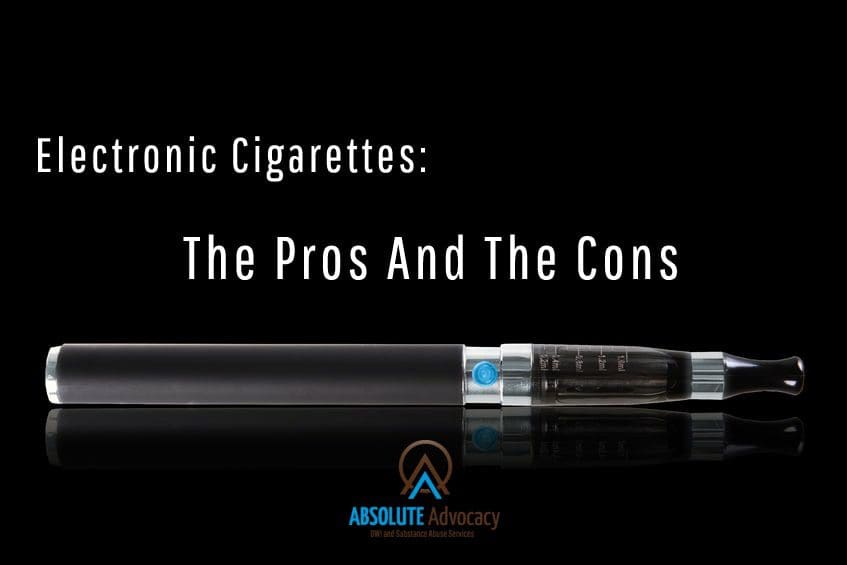Electronic cigarettes (e-cigs) are increasingly used as smoking cessation tools, but their health implications remain complex. Unlike traditional cigarettes, e-cigs heat nicotine liquid without combustion, reducing exposure to tar and many carcinogens. However, significant uncertainties about long-term effects persist.
Potential Pros for Smokers Transitioning Away from Tobacco
- Harm reduction: Eliminates exposure to ~7,000 chemicals in tobacco smoke, including known carcinogens like benzene and formaldehyde.
- Controlled nicotine delivery: Allows gradual reduction of nicotine levels in e-liquids to manage withdrawal symptoms.
- Behavioral substitution: Mimics hand-to-mouth action and inhalation rituals, easing psychological aspects of quitting.
Significant Health and Safety Concerns
- Nicotine dependence: Maintains addiction and may impede complete cessation; high-nicotine formulations exacerbate this risk.
- Toxicant exposure: Aerosols contain ultrafine particles, heavy metals (lead, nickel), and flavoring compounds linked to lung inflammation (e.g., diacetyl).
- Youth initiation: Flavors and marketing appeal increase adolescent uptake, often leading to dual-use with traditional cigarettes.
- Unknown long-term effects: Limited research exists on cardiovascular and respiratory impacts after 10+ years of use.
Critical Usage Considerations
E-cigs aren’t FDA-approved cessation devices. Current research shows they may help adult smokers transition when used exclusively—not concurrently with tobacco. However, non-smokers should never start using e-cigs. Medical consultation is essential: evidence-based options (nicotine patches, varenicline) have established safety profiles for quitting. Ex-smokers should avoid indefinite e-cig use due to ongoing cardiovascular risks from nicotine.










